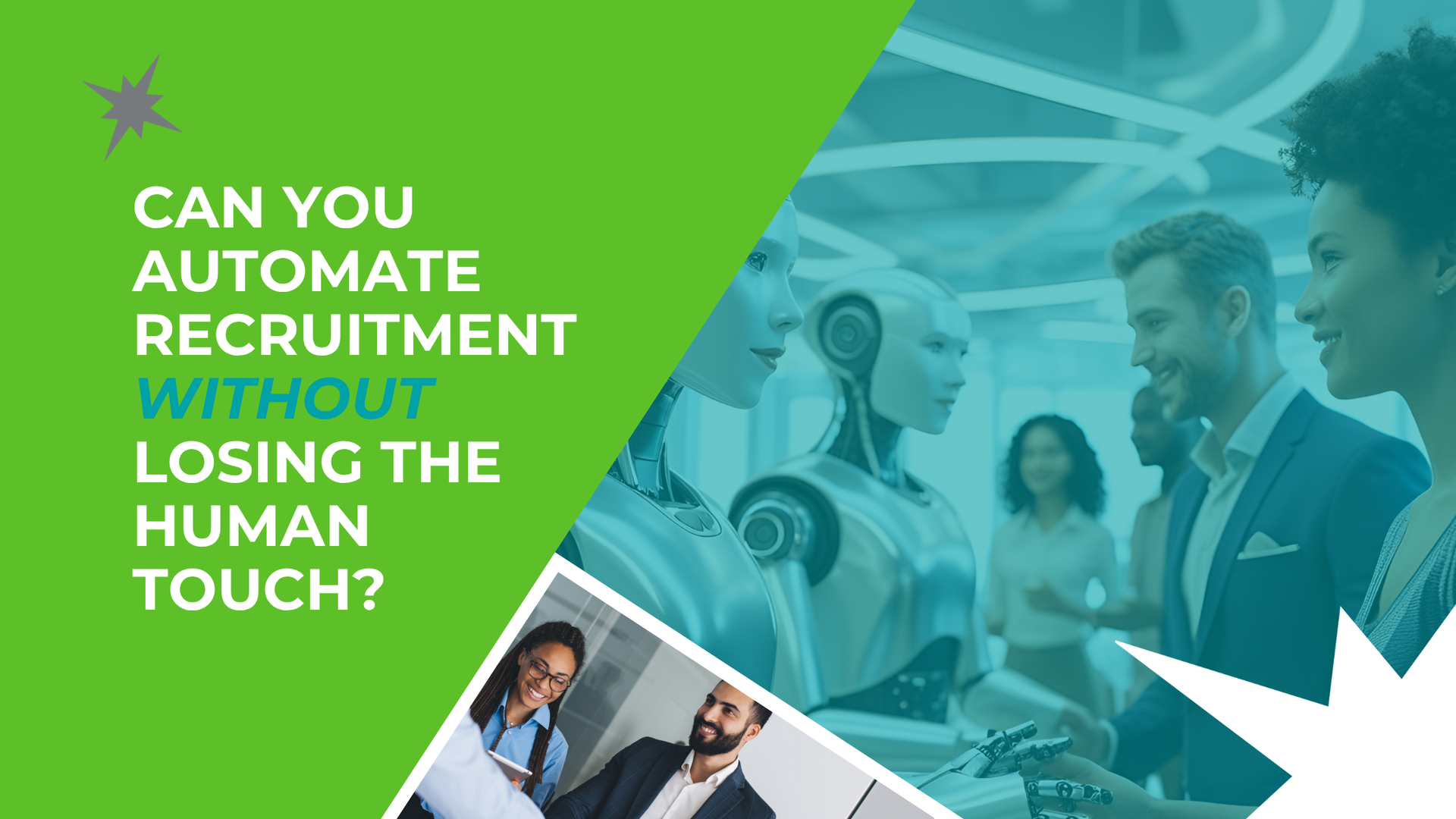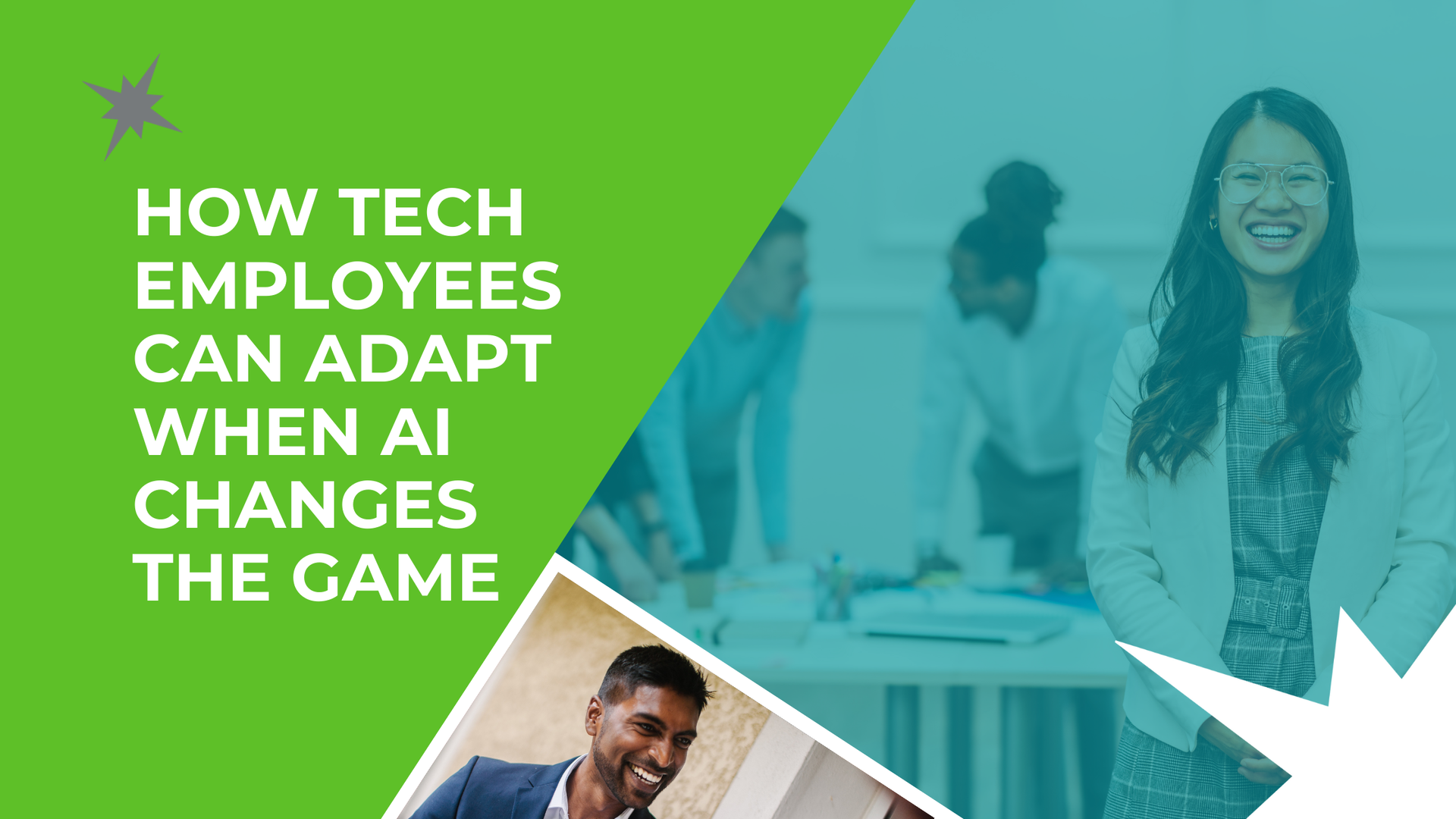News & Insights
< Back to Blogs
The Role of People in Business Transformation

As companies across Australia and beyond strive to stay relevant and competitive, the rush to adopt the latest technologies is palpable. But there's a piece of the puzzle that often gets overshadowed by the digital solutions: people.
Studies show that only
30% of business transformations succeed, with just
16% enhancing performance in a way that lasts. The main blocks? A lack of clear communication, engagement, and alignment with new goals among employees.
True transformation isn't just about implementing new systems or software; it's about the people driving and impacted by these changes. The success of any business transformation hinges on the collective effort, adaptability, and commitment of its workforce. While technology sets the stage, it's the human touch that brings the performance to life, shaping a transformation journey that's as much about personal growth as it is about organisational evolution.
The Core of Transformation: People
At the heart of any business transformation is the people. From the employees who navigate new processes daily to the leaders who chart the course. It's the collective energy, creativity, and resilience of these individuals that bring the change within an organisation.
Employees face the immediate impact of transformation. Their daily routines, responsibilities, and even job roles may shift, requiring not just new skills but a new mindset. Recognising and supporting this transition is crucial. It's about more than just training sessions; it's about creating an environment where adaptation is met with enthusiasm rather than apprehension.
Leadership's Role in Guiding Change
Leadership, on the other hand, is the guiding light of transformation. Their vision, communication, and commitment to change play a key role in setting the tone for the entire organisation. Leaders who are engaged and supportive can inspire their teams, easing the journey and leading by example.
”If you think about digital transformation as two words, we pay too much attention to the digital and not enough to transformation. It’s not a technology challenge, it’s a leadership one.”
– Dr George Westerman, senior lecturer, MIT Sloan School of Management
The role of leaders in effecting change is foundational, setting the pace and direction for the entire organisation. Effective leaders articulate a clear and compelling vision for the future, one that resonates with employees at all levels, aligning individual goals with the broader organisational objectives.
Clear communication from leadership is indispensable. It's about being transparent about the reasons for change, the expected outcomes, and the impact on the team. This openness helps in building trust and avoiding uncertainties, making the transition smoother for everyone involved. Leaders need to be accessible, offering support and guidance, and being receptive to feedback. This two-way communication allows for a sense of involvement and ownership among employees, crucial for a successful transformation.
Creating a Culture of Adaptability and Innovation
Underpinning all of this is the company culture, which can either make or break transformation. A culture that values innovation, flexibility, and open communication can make the process smoother and more effective. It's about creating a space where people feel safe to experiment, fail, learn, and grow - a culture where the human side of transformation is not just acknowledged but celebrated.
Building this culture starts with recognising and rewarding behaviours that align with these values. For instance, celebrating team members who take the initiative on innovative projects or adapt quickly to new processes reinforces the desired behaviour. Creating 'safe to fail' environments where employees can experiment and take calculated risks without fear of reprisal is another way to encourage innovation and resilience.
Overcoming Resistance to Change
Resistance to change is a natural human response, often rooted in fear of the unknown, comfort with the current state, or perceived threats to job security. In organisations, this resistance can manifest as scepticism, low morale, or even overt opposition to transformation initiatives. Understanding these concerns is the first step in addressing them.
Engaging employees early and often is key to building buy-in. Involving them in the transformation process, from planning stages through to implementation, can foster a sense of ownership and reduce resistance. Transparent communication about the reasons for change, the benefits it brings, and how it will be managed is crucial. Providing forums for employees to voice concerns, ask questions, and offer suggestions can also help in making the transition more inclusive.
The Importance of Continuous Learning and Development
The skills required to do a job today may be obsolete tomorrow, making the ability to learn and adapt a critical asset. For businesses undergoing transformation, investing in the ongoing development of their workforce is non-negotiable.
Upskilling and reskilling initiatives play a central role in equipping employees for the new ways of working that transformation often demands. This could range from technical skills in new software or systems to soft skills like adaptability, problem-solving, and collaboration. Tailoring learning programs to the specific needs of the transformation and the individuals involved ensures relevance and effectiveness.
Building a culture that values continuous learning can enhance employee engagement and job satisfaction, contributing to a more resilient organisation. By prioritising development, businesses not only support their transformation goals but also empower their employees to grow and succeed in a changing environment.
People First
The message is clear: investing in technology is crucial, but investing in your people is indispensable. The two go hand in hand for a successful transformation journey, driving not just operational efficiency but also building a dynamic, innovative, and adaptable workforce.
If you're looking to deepen your focus on the people surrounding your transformation, we're here to help. Our expertise in aligning people, culture, and technology can guide your business through the complexities of transformation, ensuring a journey that's not just successful, but also sustainable and rewarding for everyone involved.
Reach out to explore how we can support your transformation journey.
Share This Article
Recent Articles

Filter By Category
Subscribe to our News & Advice












